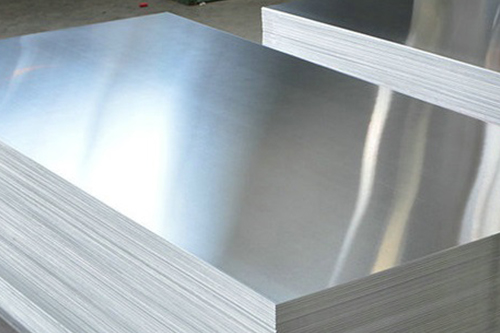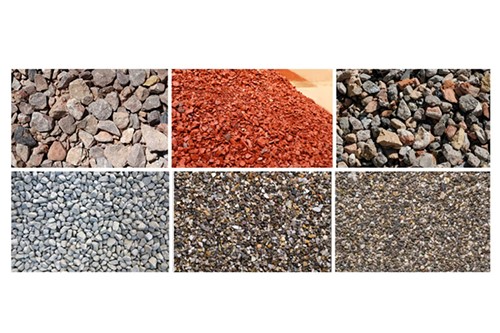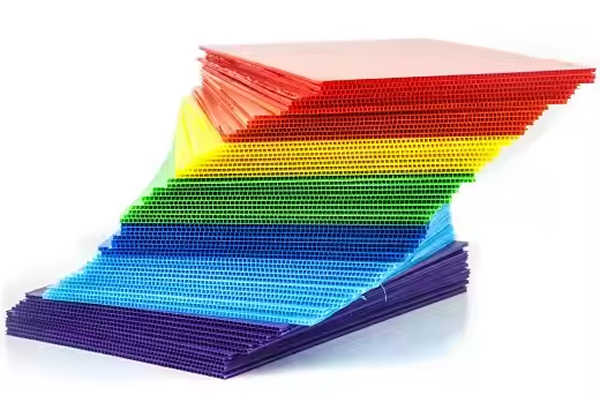ASTM E23: Metal Impact Testing
Introduction to ASTM E23
ASTM E23 is a worldwide standard developed by ASTM International for measuring the impact strength of metals and alloys. The Charpy or Izod impact test standard, ASTM E23, specifies the procedures, apparatus, and specimen sizes necessary to determine the behaviour of a material in the event of sudden loading or impact situations.
Impact testing quantifies the toughness of a metal, or its capacity to absorb energy and resist fracturing under impact stress. It is a valuable material characteristic used in assessing material performance in actual conditions such as impacts, drops, or other strain accidents. Brittle metal failure under impact may make the metal unsuitable for structural, automotive, aerospace, or heavy machinery applications and thus makes ASTM E23 a vital aspect of material characterisation.
Advantages of ASTM E23
ASTM E23 possesses several advantages that have earned it the standard in metalworking and engineering:
1. Standardisation: The standard stipulates precise specimen sizes, notch geometry, and testing procedures, thereby allowing consistency and reproducibility of results between laboratories across the globe.
2. Versatility: It is widely applied to a variety of metals and alloys such as steels, aluminium alloys, copper alloys, and special purpose materials.
3. Material Selection: Impact toughness tests enable engineers to choose the appropriate metal with the required degree of safety and performance, particularly in safety-critical applications such as pressure vessels, bridges, and automobile components.
4. Reliability and Safety: Impact testing eliminates brittle material or sudden-fracture material, preventing failure under catastrophic circumstances in service.
5. Design and Simulation Data: Measured absorbed energy serves as input for computational modelling as well as for structural simulations.
Example: For the design of the support structure of the bridge, ASTM E23 testing of the steel samples can determine if the chosen alloy possesses the capability to withstand the impact of sudden force from natural forces, e.g., dropped material or automobile accidents, so that the structure remains safe during adverse conditions.
Procedure of ASTM E23
ASTM E23 standard prescribes a step-by-step process for obtaining accurate and reproducible measurement of impact toughness. Some of the key steps are:
1. Specimen Preparation:
Typical specimens are rectangular bars having a machined notch, usually V-shaped or U-shaped.
Dimensions, depth of notch, and alignment are precisely controlled to reduce variability.
2. Test Apparatus:
The specimen is placed in a pendulum impact tester, an apparatus that strikes the specimen with a known mass at a known velocity.
The pendulum is released from a known height, imparting energy to the specimen when it strikes.
3. Conducting of Impact Test
The pendulum strikes the specimen at the notch, and it breaks.
The energy absorbed by the specimen is measured, usually in foot-pounds (ft·lb) or joules (J).
4. Data Interpretation:
The absorbed energy is a measure of the material's toughness. More energy absorption indicates a ductile metal and its ability to resist brittle fracture, while less energy indicates brittleness.
Fracture surfaces are generally examined to determine ductile or brittle failure.
5. Reporting Results:
ASTM E23 is a standard that stipulates how test temperature, absorbed energy, type of notch, and size of the specimen are to be reported, thus making reporting results a superb communication tool.
Case Example: Steel alloys used in offshore platforms undergo sub-zero temperature testing in accordance with ASTM E23. It provides the ductile-to-brittle transition temperature, which is vital for ensuring safety in cold oceanic waters.
Applications of ASTM E23 in Metals and Alloys
ASTM E23 is used in many industries to validate material performance under impact loading:
• Construction: Structural steels undergo toughness testing to withstand impact loads due to accidental impacts or dropped objects.
• Automotive: Engine components, chassis units, and crash structures are impact tested with the aim of improving crashworthiness and occupant safety.
• Aerospace: The aircraft alloys are tested for low-temperature toughness to withstand harsh operating conditions.
• Oil and Gas: High-pressure service brittle fracture is avoided through testing of pipeline steels and pressure vessels.
• Quality Control: Manufacturers apply ASTM E23 to check batch consistency to confirm materials meet specifications prior to shipment.
Data Example: A 4140 steel specimen tested at -20°C can absorb 25 J of energy and exhibit ductile properties for structural application in cold climates, whereas a 4340 steel alloy absorbs only 10 J under the same test condition, which suggests a higher risk of brittle fracture.
Different Types of Impact Test Techniques
ASTM E23 offers different techniques to suit different assessment requirements:
The most common method, involving a horizontally supported bar with a notch in the pendulum direction.
This tests energy absorbed during breaking, providing a direct measure of toughness.
2. Izod Impact Test:
The specimen is supported vertically, and the pendulum strikes one end.
This is less commonly used for metals but can be applied to plastics and polymer-metal alloys.
3. Temperature-Specific Testing:
Specimens are preconditioned at varying temperatures, generally below freezing point, to determine the ductile-to-brittle transition temperature (DBTT).
This is necessary for the use of materials at arctic or cryogenic temperatures.
4. Instrumented Pendulum Testing:
Advanced equipment is used to measure force as a function of time upon impact, producing more quantitative fracture mechanics data, e.g., initiation energy, propagation energy.
Conclusion
ASTM E23 is a reproducible standard method for testing the impact toughness of metals and alloys. Understanding how metals retain energy during unanticipated loading enables manufacturers and engineers to select materials that will not fail in a brittle manner, ensuring utmost safety and maximising product life efficiently. From automobile and construction applications to aerospace and oil-and-gas pipeline applications, ASTM E23 remains a significant tool in delivering materials with high performance levels to comply with. By combining precise procedures, careful reporting, and experienced techniques, ASTM E23 continues to educate engineers in designing safer, longer-lasting metal components.

 Bars
Bars
 Beads & Spheres
Beads & Spheres
 Bolts & Nuts
Bolts & Nuts
 Crucibles
Crucibles
 Discs
Discs
 Fibers & Fabrics
Fibers & Fabrics
 Films
Films
 Flake
Flake
 Foams
Foams
 Foil
Foil
 Granules
Granules
 Honeycombs
Honeycombs
 Ink
Ink
 Laminate
Laminate
 Lumps
Lumps
 Meshes
Meshes
 Metallised Film
Metallised Film
 Plate
Plate
 Powders
Powders
 Rod
Rod
 Sheets
Sheets
 Single Crystals
Single Crystals
 Sputtering Target
Sputtering Target
 Tubes
Tubes
 Washer
Washer
 Wires
Wires
 Converters & Calculators
Converters & Calculators
 Write for Us
Write for Us
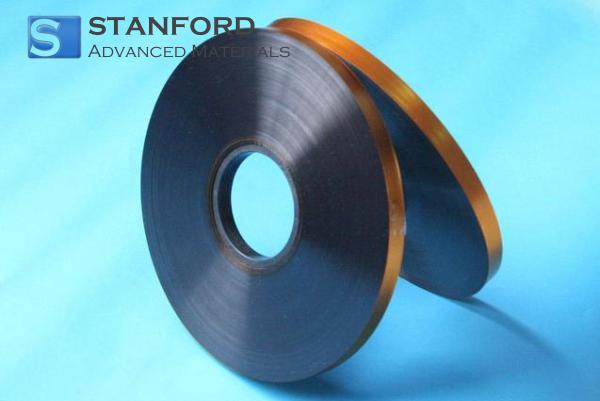
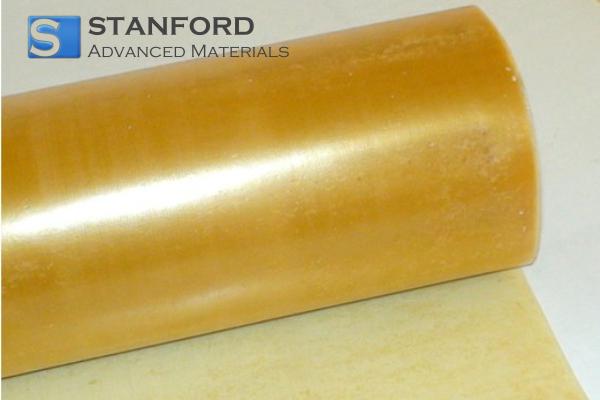

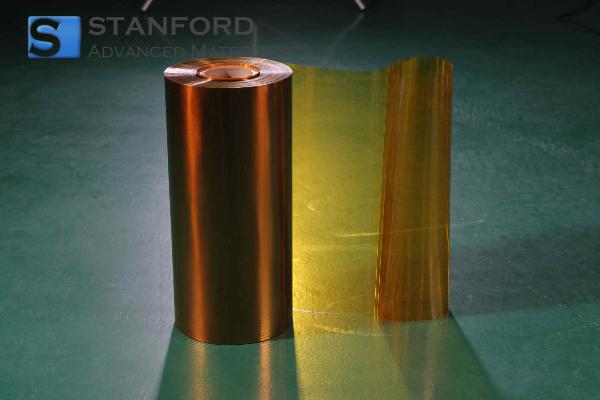
 Chin Trento
Chin Trento

